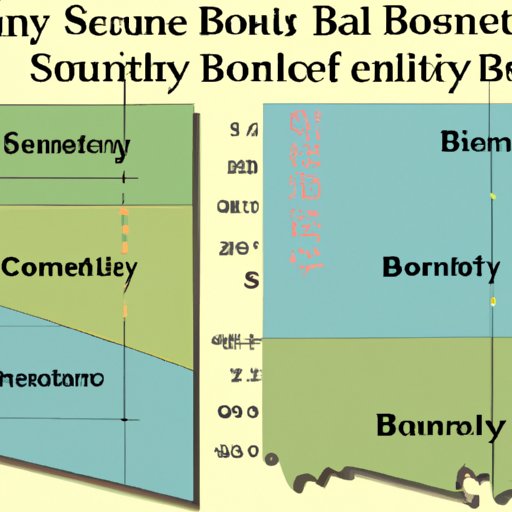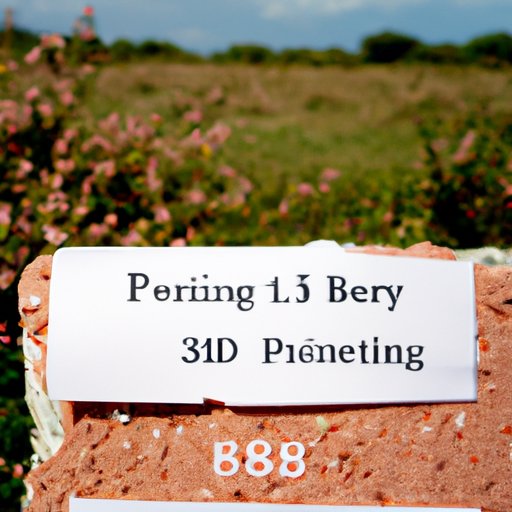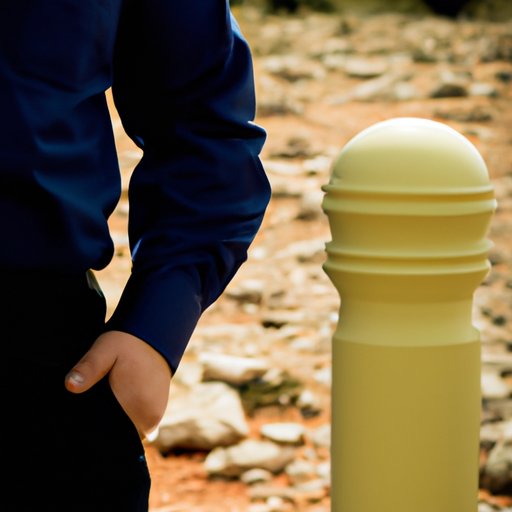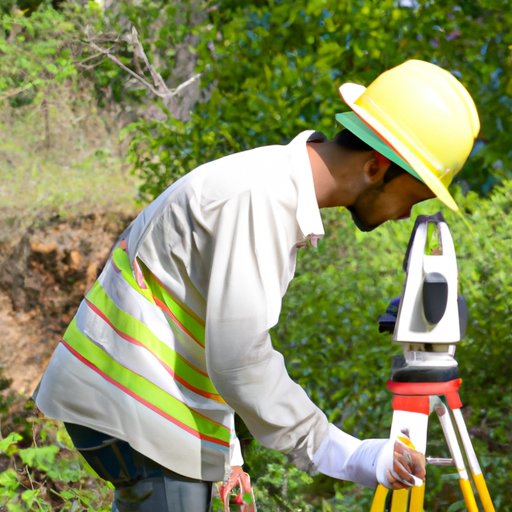Introduction
A boundary survey is an important tool for accurately defining the boundaries of a land parcel. It involves collecting data from the physical environment and analyzing it to produce a map or drawing that accurately represents the boundaries of the property. Understanding how much a boundary survey costs is essential when planning any land-related project.
Overview of the Cost of a Boundary Survey
The cost of a boundary survey can vary significantly depending on the state in which the property is located and the complexity of the project. Generally speaking, boundary surveys typically range in cost from $500 to $3,000, though some complex projects may cost more.

Comparing the Cost of Boundary Surveys in Different States
The cost of a boundary survey can vary significantly from state to state. Factors such as the cost of living, local labor rates, and the availability of land surveying services all play a role in determining the cost of a boundary survey in a particular area.
Factors Influencing Cost Variation
The cost of a boundary survey can be affected by a variety of factors, including:
- The size of the property being surveyed
- The complexity of the boundaries
- The accessibility of the property
- The labor costs associated with the project
- The cost of data collection, analysis, and mapping
- Legal fees associated with obtaining title deeds
Average Cost of a Boundary Survey by State
The average cost of a boundary survey varies from state to state. In California, for example, the average cost of a boundary survey ranges from $1,500 to $2,500. In Texas, the average cost is slightly lower at $1,200 to $2,000. In New York, the average cost is even lower, ranging from $800 to $1,500.

Breaking Down the Cost of a Boundary Survey by Project Components
The cost of a boundary survey can be broken down into several individual components. The following are some of the most common costs associated with a boundary survey:
Land Surveying Equipment and Labor Costs
The land surveying equipment and labor costs associated with a boundary survey vary depending on the size and complexity of the project. Surveying equipment such as total stations, GPS units, and software programs can add to the overall cost of the project. In addition, experienced surveyors may charge higher labor rates than less experienced ones.
Costs of Data Collection, Analysis, and Mapping
Data collection, analysis, and mapping are necessary components of any boundary survey. This includes the cost of aerial photography, topographic maps, and other data sources. The cost of these services can vary greatly depending on the complexity of the project.
Legal Fees for Obtaining Title Deeds
In some cases, legal fees may also be required for obtaining title deeds. These fees can be significant depending on the complexity of the project and the amount of research involved.

Exploring Factors That Impact the Cost of a Boundary Survey
When estimating the cost of a boundary survey, it’s important to consider the various factors that can affect the price. Here are some of the most important factors to consider:
Size of Property
The size of the property being surveyed will have an impact on the cost of the project. Larger properties require more time and resources to survey, resulting in higher costs.
Complexity of Boundaries
The complexity of the boundaries of a property can also affect the cost of a boundary survey. For example, if the property has numerous corners or irregularly shaped boundaries, it may require additional time and resources to accurately map out the boundaries.
Accessibility to Property
The accessibility of the property can also have an effect on the cost of a boundary survey. If the property is difficult to access, additional time and resources may be required to survey the area.
Analyzing the Cost Benefits of Professional vs DIY Boundary Surveys
When deciding whether to hire a professional or do a DIY boundary survey, it’s important to consider the cost benefits of each option. Here are some of the advantages and disadvantages of professional and DIY boundary surveys:
Advantages and Disadvantages of DIY Surveys
DIY boundary surveys can save money compared to hiring a professional, but they come with certain risks. DIY surveys may not be as accurate as professionally conducted surveys, and they may not meet local building codes or zoning laws.
Advantages and Disadvantages of Professional Surveys
Hiring a professional to conduct a boundary survey can provide peace of mind that the job is done correctly and efficiently. However, this option can incur significant costs depending on the complexity of the project.
Examining the Cost of Boundary Surveys Over Time
Understanding how the cost of boundary surveys has changed over time can help property owners plan their projects and budget accordingly. Here are some factors that can influence changes in the cost of boundary surveys:
Historical Trends in the Cost of Boundary Surveys
Historically, the cost of boundary surveys has remained relatively stable. In recent years, however, the cost of land surveying services has increased due to the increasing demand for these services.
Factors Contributing to Increasing or Decreasing Costs
The cost of a boundary survey can be affected by a variety of factors, including the cost of living, local labor rates, and the availability of land surveying services. Other factors, such as fluctuations in the economy, can also influence changes in the cost of boundary surveys.
Conclusion
A boundary survey is an important tool for accurately defining the boundaries of a land parcel. The cost of a boundary survey can vary significantly depending on the state in which the property is located and the complexity of the project. When planning a boundary survey, it’s important to consider factors such as the size of the property, the complexity of the boundaries, the accessibility of the property, and the cost of data collection, analysis, and mapping. Additionally, understanding the historical trends in the cost of boundary surveys can help property owners accurately plan and budget for their projects.
(Note: Is this article not meeting your expectations? Do you have knowledge or insights to share? Unlock new opportunities and expand your reach by joining our authors team. Click Registration to join us and share your expertise with our readers.)
